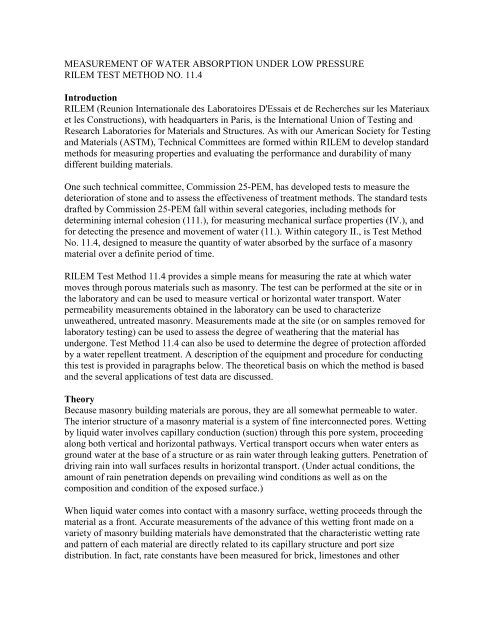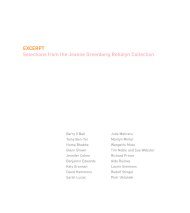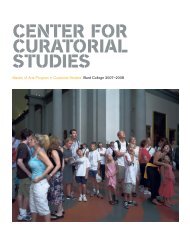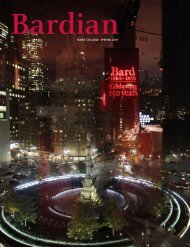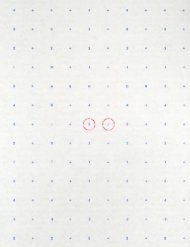You also want an ePaper? Increase the reach of your titles
YUMPU automatically turns print PDFs into web optimized ePapers that Google loves.
MEASUREMENT OF WATER ABSORPTION UNDER LOW PRESSURE<br />
RILEM TEST METHOD NO. 11.4<br />
Introduction<br />
RILEM (Reunion Internationale des Laboratoires D'Essais et de Recherches sur les Materiaux<br />
et les Constructions), with headquarters in Paris, is the International Union of Testing and<br />
Research Laboratories for Materials and Structures. As with our American Society for Testing<br />
and Materials (ASTM), Technical Committees are formed within RILEM to develop standard<br />
methods for measuring properties and evaluating the performance and durability of many<br />
different building materials.<br />
One such technical committee, Commission 25-PEM, has developed tests to measure the<br />
deterioration of stone and to assess the effectiveness of treatment methods. The standard tests<br />
drafted by Commission 25-PEM fall within several categories, including methods for<br />
determining internal cohesion (111.), for measuring mechanical surface properties (IV.), and<br />
for detecting the presence and movement of water (11.). Within category II., is Test Method<br />
No. 11.4, designed to measure the quantity of water absorbed by the surface of a masonry<br />
material over a definite period of time.<br />
RILEM Test Method 11.4 provides a simple means for measuring the rate at which water<br />
moves through porous materials such as masonry. The test can be performed at the site or in<br />
the laboratory and can be used to measure vertical or horizontal water transport. Water<br />
permeability measurements obtained in the laboratory can be used to characterize<br />
unweathered, untreated masonry. Measurements made at the site (or on samples removed for<br />
laboratory testing) can be used to assess the degree of weathering that the material has<br />
undergone. Test Method 11.4 can also be used to determine the degree of protection afforded<br />
by a water repellent treatment. A description of the equipment and procedure for conducting<br />
this test is provided in paragraphs below. The theoretical basis on which the method is based<br />
and the several applications of test data are discussed.<br />
Theory<br />
Because masonry building materials are porous, they are all somewhat permeable to water.<br />
The interior structure of a masonry material is a system of fine interconnected pores. Wetting<br />
by liquid water involves capillary conduction (suction) through this pore system, proceeding<br />
along both vertical and horizontal pathways. Vertical transport occurs when water enters as<br />
ground water at the base of a structure or as rain water through leaking gutters. Penetration of<br />
driving rain into wall surfaces results in horizontal transport. (Under actual conditions, the<br />
amount of rain penetration depends on prevailing wind conditions as well as on the<br />
composition and condition of the exposed surface.)<br />
When liquid water comes into contact with a masonry surface, wetting proceeds through the<br />
material as a front. Accurate measurements of the advance of this wetting front made on a<br />
variety of masonry building materials have demonstrated that the characteristic wetting rate<br />
and pattern of each material are directly related to its capillary structure and port size<br />
distribution. In fact, rate constants have been measured for brick, limestones and other


